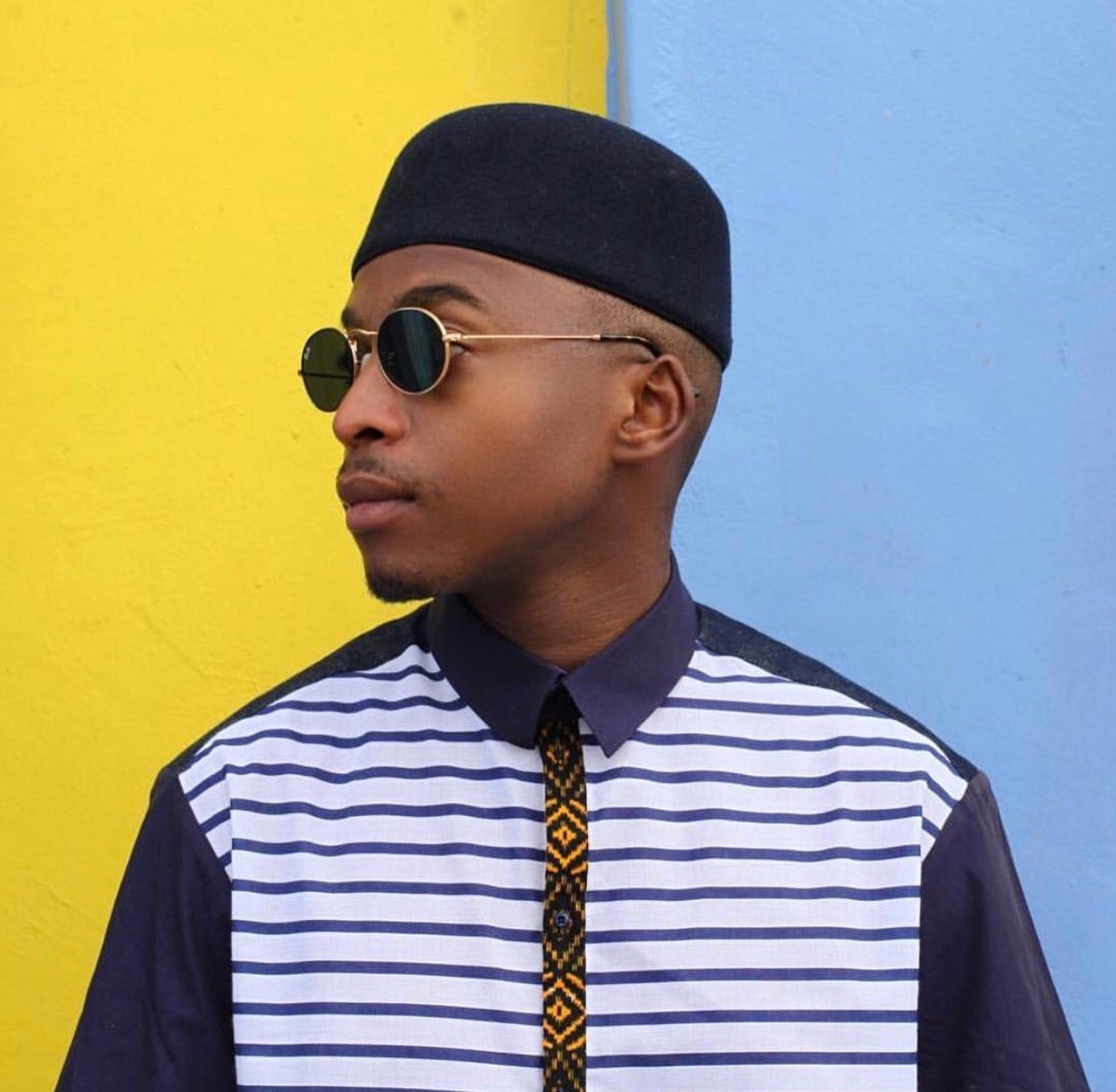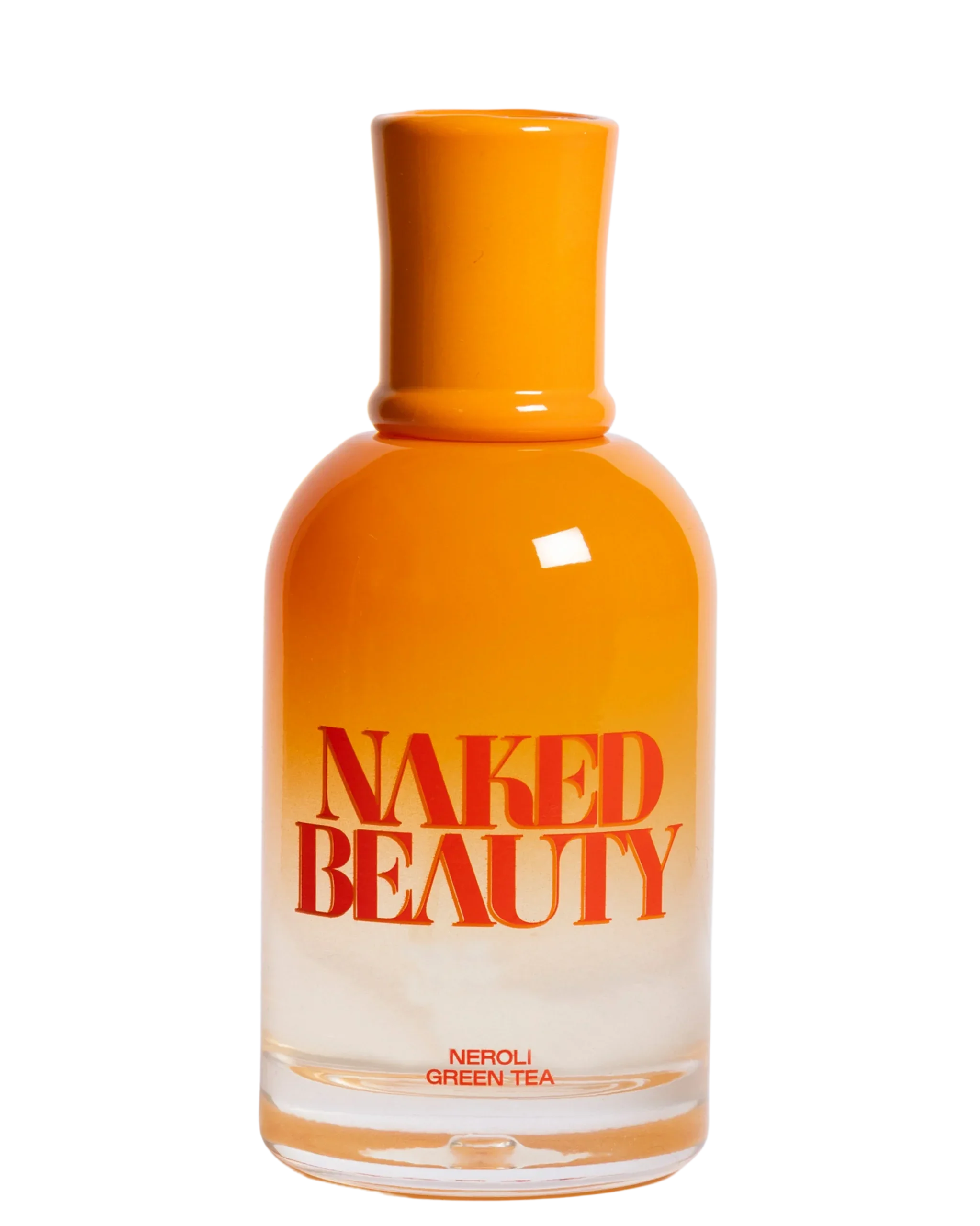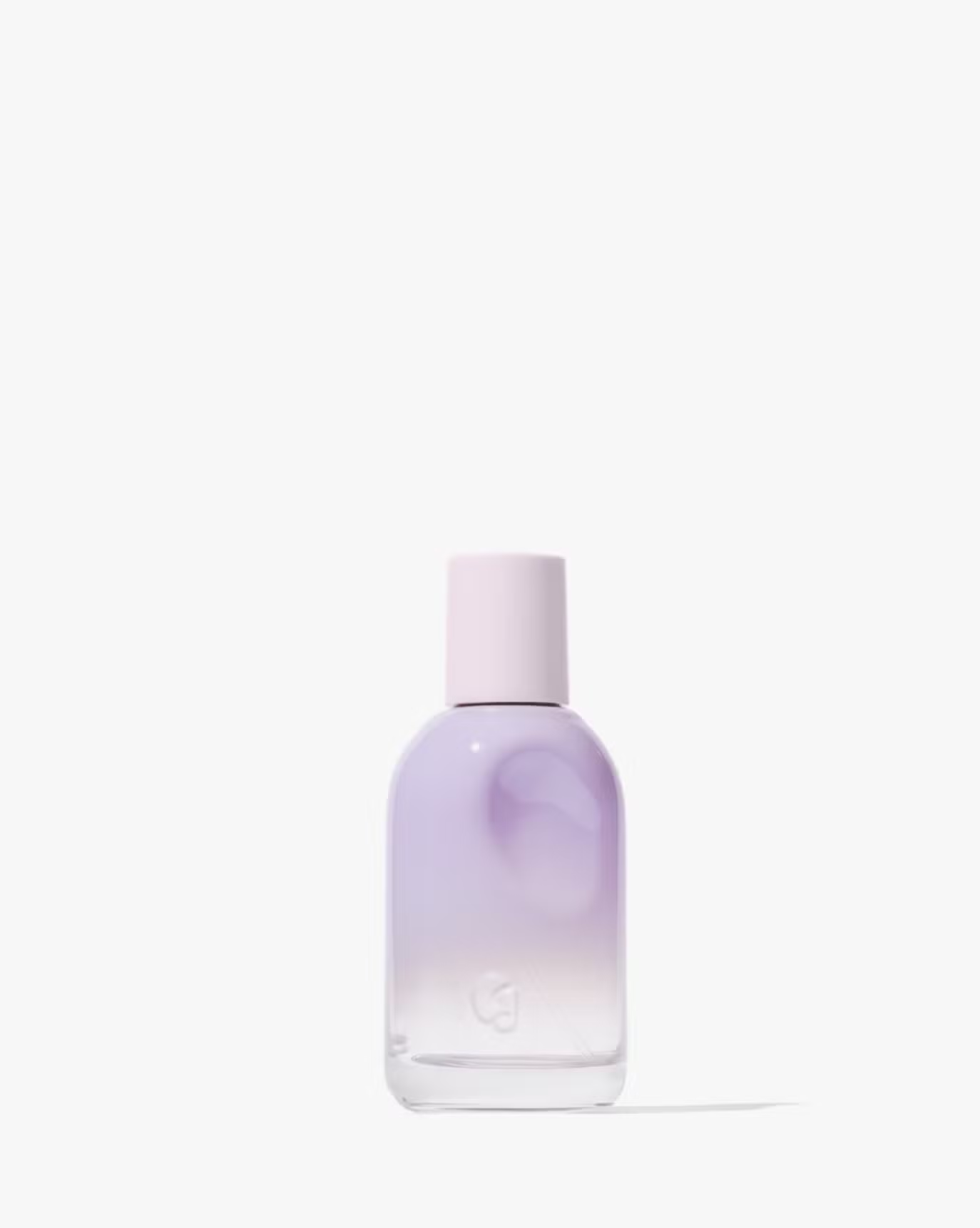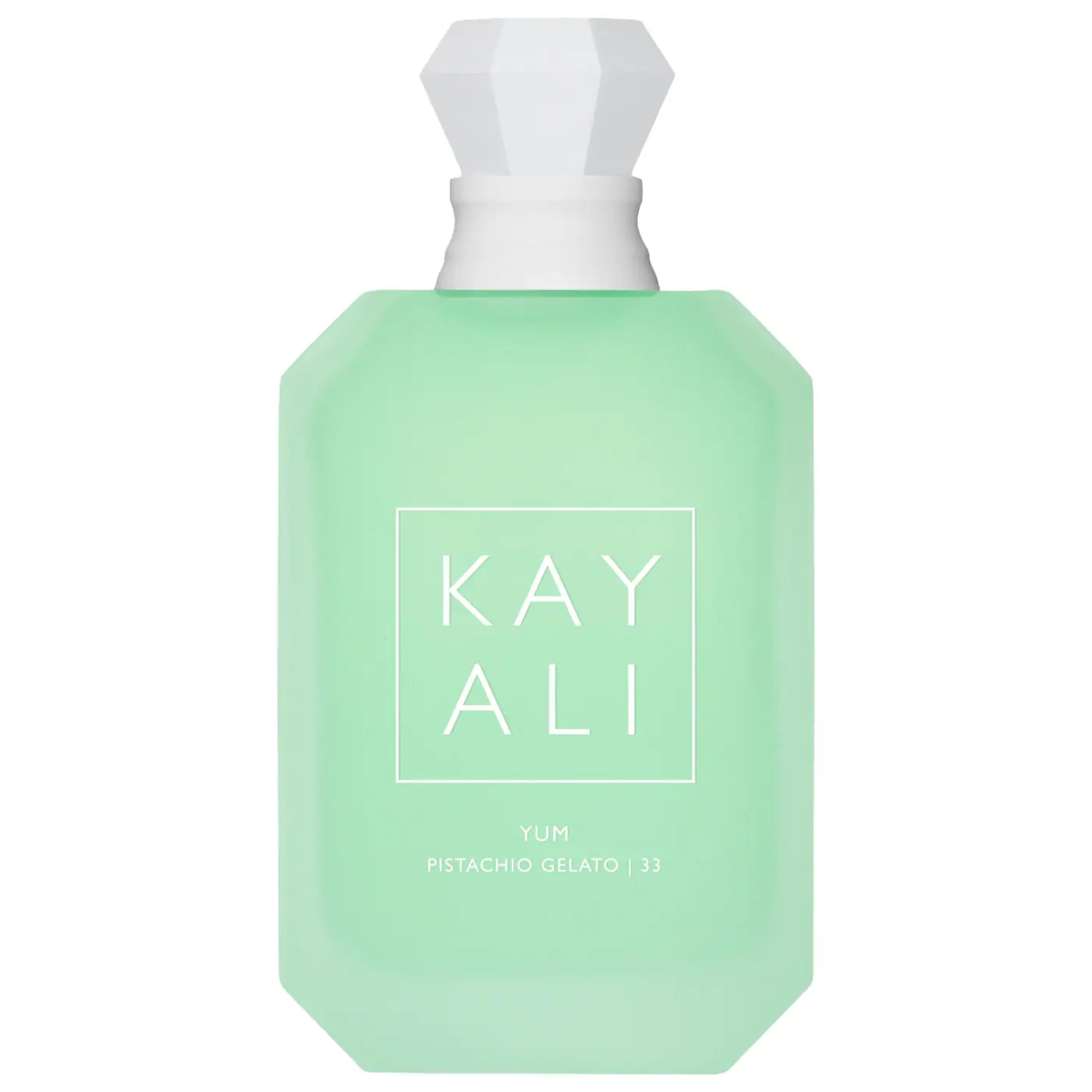
There is no denying that South African photographer, blogger and stylist Trevor Stuurman is having his break out moment.
He’s worked with every major fashion magazine and the top retail brands in South Africa, his street style portraiture is sought after and he’s been invited to speak on panels about reframing Africa’s narrative at Oxford and last year’s Black Portraiture Conference. Most recently, he shot behind the scenes at New York Fashion Week with MAC and if you scroll through his Instagram timeline, you’ll see a slightly different side of fashion week. It’s stripped down, raw and portrait like in quality, with imagery that goes way beyond just cool make-up and stylish clothes.
“It’s about celebrating diversity within the beauty,” Trevor tells ESSENCE. “Finding a more representative space in between the shows, and highlighting and celebrating that.”
His jaw-dropping black and white images of Teyana Taylor, in particular, have been getting a lot of attention. Shot during her recent Internet-breaking appearance on the Blonds Spring/Summer 2018 collection runway, of course they ooze a sex appeal that only Taylor can bring. But Trevor captured the moments in such a way that they also tell a layered, rich and complex story of vulnerability and strength.
Basically, he caught #blackgirlmagic in perfect art form.
In a room full of lenses focused on the show-stopping beauty, his view really seemed to see her like no other. Trevor says it’s the significance of being one of the few Black creatives who gets to access the inner belly of this prestigious showcase that inspires him.
“It’s important for us to occupy all these spaces that kind of were never for us,” he says. “And even now, most of the time, I’d be the only Black photographer backstage, which is like — it’s 2017!”
This sense of being a representative for the African creative scene has also made him more deliberate in his art and how he uses it.
“Africa is always seen as poor,” Trevor continues. “And we’re not seen as consumers of luxury, but when you think of all these luxurious handmade techniques such weaving and beading, it’s all African!”
This desire to contribute to richer narrative about the continent has also spurred a move from street style to focus more on fine art photography and human-interest subjects. Nevertheless, Trevor admits he’ll never stray too far from his fashion roots.
“I see fashion as homework and as a way to reflect, and go back, and see what I can change,” he explains. This is very evident in his first solo exhibition, a moving representation of identity and belonging, simply titled, HOME. It documents Namibian OviHimba women in traditional dress and Ndebele initiates with painstaking beauty.
“[Shooting it], I felt at peace and I felt like everything was about me finding home in a new space, which is the fine art world,” he says. “It was also about me finding home in different cultures and kind of being at home with myself as well. And just the human body as well, especially the black human body in Africa.”







It’s this level of awareness, both of self and the place he occupies in the world, that sets Trevor apart from many in the fashion circles. That and his keen business sense and knack for connecting the dots of business, style, art, culture and storytelling.
“I want to kind of capture contemporary Africa and to be able to tell stories that are as true and as sensitive as possible. I think that’s more of my purpose, to be able to communicate where I come from and to be able to share that with the world and hopefully find myself through that as well.”
—





